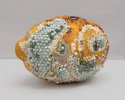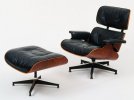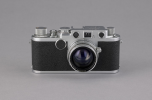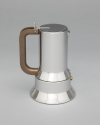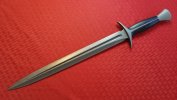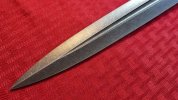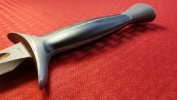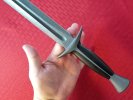Question part 1: We will make some TT if people order it in the pre-order.
Question part two: Personally, I get no satisfaction making something that isn't as functionally optimized as I can make it.
I consider myself an inventor,
not an artist. I have no problem with makers and work that are made for no other reason than it's artistic value. I appreciate work of that nature. But that's not something that I want to do.
Art and artists benefit humanity, but I often look at artistic flourish on a working tool with disdain. I want my microwave to look like a microwave, not something that should be in the museum of modern art. "Form follows function" means the shape and design of something is derived from its use and what it does. Something that is well designed and engineered is often very beautiful, but attempting to force beauty on an object can detract from my appreciation of that object because it feels insincere.
And, when an artistic flourish actually detracts from the function of an object, that's probably not an object that I personally would want to possess.
Exhibit A:
View attachment 2682180
I can just about guarantee to you that this is pure engineering and there were no design decisions made for aesthetic consideration. And in my opinion it is beautiful.
Exhibit B:
View attachment 2682185
WTF? Why does this exist?
I would find one of these to own it just to have an example of bad design, except I don't want it in my house.


